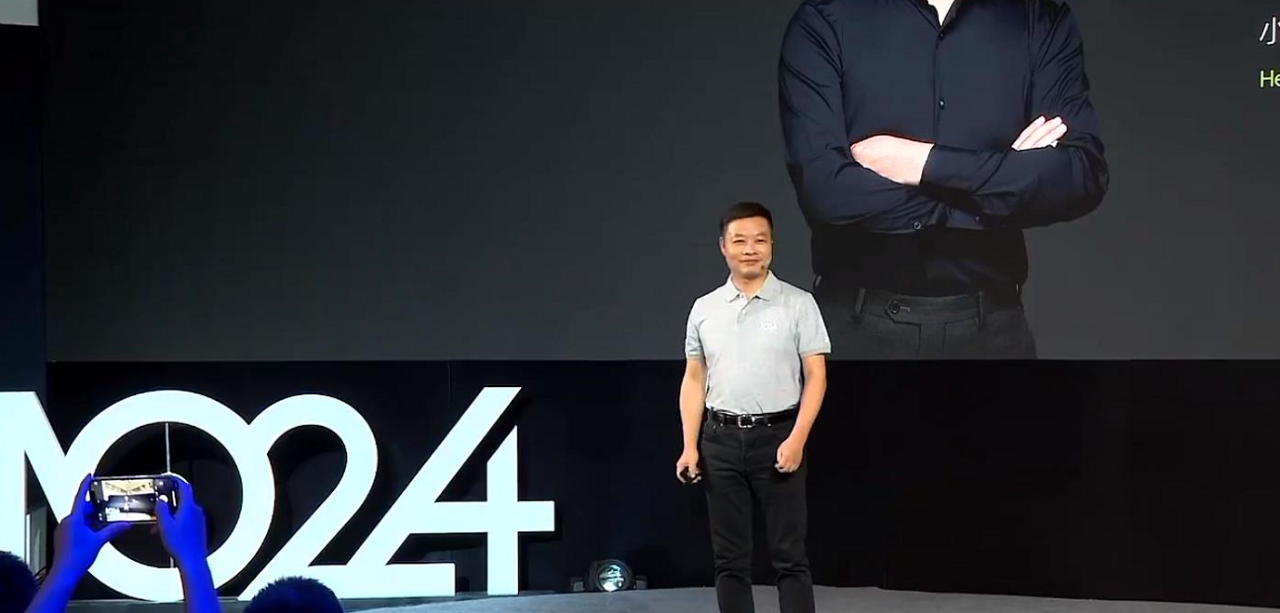Author: Zheng Senhong
“XPeng is becoming more and more like Tesla, whether it is intelligent driving, energy supplement system, or robots, XPeng’s development path seems to be approaching Tesla,” according to an industry insider after watching the 1024 Technology Day.
XPeng’s 1024 Technology Day has been held for four consecutive years, from the initial thinking and exploration of future smart travel to today’s mass production, XPeng is further strengthening its “intelligent” label.
At the release conference that lasted for more than an hour, XPeng used a large section to elaborate on the pain points, importance, solutions, and a brand new technical architecture developed for the urban NGP scene.
The first half of intelligent driving is determined by technology development capabilities. With the application of urban scenes, the fierce battle of the second half of intelligent driver assistance has also begun.
Regarding this, XPeng has a clear roadmap for intelligent driver assistance:
- In 2023, XPeng’s urban driver assistance will cover Shanghai, Shenzhen, and Guangzhou, with high-precision maps. Without high-precision maps, most cities will open up the ability to change lanes, pass, and turn left and right.
- In 2024, XPeng will achieve full-scenario driver assistance covering parking, high speed, and urban areas.
An interesting detail is that when asked where XPeng’s intelligent driving is positioned, XPeng’s Vice President of Autonomous Driving, Wu Xinzhou, said: “In China, I think it should be ranked first.”
To outsiders, whether this “self-praise” is convincing or not still needs time to verify.
Urban Driver Assistance Lands, XPeng Rises to Challenges
“The ticket to entry for the second half of intelligent driver assistance is mass production of urban driver assistance scenarios + full-stack closed-loop capabilities.” Wu Xinzhou said at XPeng’s technology day last year.
Here, the full-stack self-research in the first half refers to the deployment and development of software and hardware. The full-stack closed-loop in the second half refers to the self-developed software reaching the practical application level, such as data closed-loop and map closed-loop.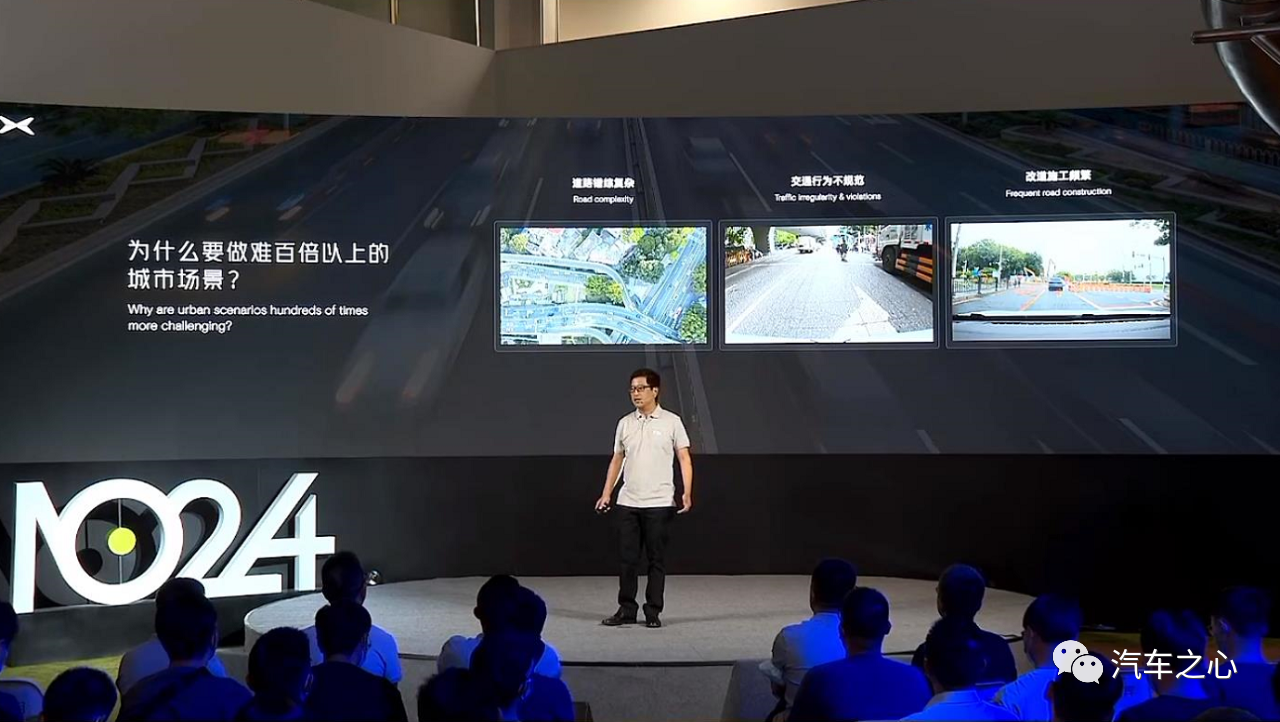
Why does XPeng regard data loop and map loop as the second half of the game?
Many people use the term “tramway” to describe urban NGP. The reason is that the current urban scene heavily relies on high-precision maps, but the future trend should be “heavy sensing, light mapping“, minimizing reliance on high-precision maps. This is also the main reason why XPeng proposed to achieve data loop and map loop.
One of the data is that after the data loop, XPeng reduced more than 1000 Corner Cases, and the accident rate of high-speed NGP also dropped by 95%.
How difficult is it to achieve this?
From the road conditions, urban roads are undoubtedly the most difficult scenes.
On nearly 10 million kilometers of urban roads in China, there are nearly 400,000 urban intersections. In addition to the congestion and semi-congested road conditions during peak commuting hours, there are also irregularities in the roads, different traffic lights, mixed traffic participants, frequent lane-changing and construction, and so on.

In terms of software data, compared with high-speed NGP, urban NGP roughly needs to increase the number of sensing models by 4 times, the code volume by 6 times, and the planning and control code volume by 88 times.
But from the perspective of automatic driving evolution, the urban road scene is a midfield node, and it is also a hard bone that must be chewed.
In addition, in the user’s car usage process, the proportion of urban road mileage is 71% and the duration is 90%, while the proportion of users driving on urban roads reaches 100%.
This indicates that after entering the era of city navigation-assisted driving, intelligent driving will transform from low-frequency applications to high-frequency ones. Users will use it in daily commuting, and this technology can improve the driving experience.
Over time, city-assisted driving will become the most valuable part of an intelligent car for users.
So, how to quickly popularize city-assisted driving?
According to Wu Xinzhou, the most challenging part of NGP in the city, without relying on high-precision maps, is the lateral control, game, and uncertain scene handling of vehicles, which tests the vehicle’s close-range perception and judgment.
To address this, XPeng has launched the new generation perception architecture, Xnet, which features multi-camera/multi-frame data input.

For example, XPeng used to input models through multi-camera single frames and then perform post-fusion processing through algorithms. Xnet inputs continuous data into a deep learning model and outputs three-dimensional space results.
Essentially, this is a type of pre-fusion of multiple visions, similar to Tesla’s shared feature and multi-tasking neural network architecture based on video stream data presented at AI DAY in 2021.
Xnet performs well in both static and dynamic scenarios:
In static scenarios, Xnet has strong environmental perception capabilities and can recognize lane lines, road boundaries, and stop lines to generate “high-precision maps” in real-time, eliminating reliance on existing high-precision maps.

In terms of dynamics, Xnet has a stronger 360-degree perception, which can output information such as the position, posture, size, speed, and even predict the trajectory of the target object based on visual recognition, greatly improving the “game” ability of rule control and increasing the success rate of lane-changing.
Due to the complexity of the Transformer network, as well as the parameters, difficulty, and time involved in training, traditional labeling and training methods cannot meet the demand, and XPeng has upgraded the data collection, labeling, training, and deployment process.
In terms of data collection, XPeng has installed more than 300 triggers on nearly 100,000 XPeng vehicle models for real-time collection and upload of scene data.
For labeling, XPeng has developed a fully automatic labeling system that can improve efficiency by 45,000 times compared to traditional manual labeling.
For example, what used to take 2,000 people a year to label can now be completed in about 16 days, and far exceeds the quality of manual labeling.

In addition, to deal with some extremely rare corner cases, XPeng uses UE engine for simulation training system. When the amount of data is not sufficient to meet the training needs, XPeng will use “targeted simulation” to establish a large number of similar scenes in the virtual world to train the network.As for the deployment of Transformer network, XPeng has undergone a new reconstruction and optimization of the operating efficiency and computational utilization, compressing the model that required 1.22 times the computational power of an Orin chip into only 9% of the power.
Overall, XNGP is XPeng’s future plan to create a full-scenario assisted driving system, achieving driving abilities comparable to “experienced drivers” without high-precision maps.
If Tesla’s AI Day every year is just a muscle show to attract talent, then XPeng’s Tech Day this year is more about gaining user trust while showcasing its strengths.
Although they share similarities, the significance behind them is vastly different.
Has XPeng secured a spot in the half-time of intelligent assisted driving?
The landing of urban navigation assisted driving can be seen as a technological milestone.
The first batch to secure the high-level assisted driving position in the city is equivalent to obtaining the entrance ticket for the full-scenario assisted driving in the city, which is also the value of XPeng, Jihoo, Weipai and other automotive companies in the “first place” competition for urban assisted driving.
- On September 17, XPeng P5 successively pushed urban NGP to users in the Guangzhou area;
- On September 23, Jihoo Alpha S HI version launched urban NCA smart driving navigation assistance function in Shenzhen;
- At the end of 2022, the Mocha DHT-PHEV Laser Radar City NOH will be prioritized for online use in Beijing and Baoding.

Among them, XPeng and Jihoo have gradually opened roads in designated areas, and XPeng has submitted a phased result:In the NGP testing users of the already pushed cities, the penetration rate of city ADAS reaches 84%, the penetration rate of mileage is 63%, and the traffic efficiency is 90% compared to human drivers, with a takeover rate of 0.6 times per hundred kilometers.
In the next two years, XPeng’s goal is to realize intelligent assisted driving from parking to parking by integrating assisted driving scenarios in all scenes, including highways, open city roads, and parking.

According to the plan, XPeng will transition to the era of all-scene driving with XNGP as the main product and XPILOT as the auxiliary product.
Starting from the first half of 2023:
- XPILOT will realize functions such as highway driving, city NGP, and memory parking under the coverage of high-precision maps;
- In areas without high-precision maps, only traffic light recognition and lane-level navigation on open city roads based on LCC are supported.
In addition, the activation of XNGP will proceed synchronously:
- It is planned to activate the city NGP function in Guangzhou, Shenzhen, and Shanghai in cities with completely open high-precision maps, and promote the function in other cities according to local regulatory policies;
- In areas without high-precision maps, the city’s open roads support the ability to change lanes, overtake, and turn left and right.
Starting from 2024, XPeng will officially enter the era of all-scene assisted driving.
Is it challenging to distinguish between XNGP and XPILOT?
XNGP and XPILOT are like old and new platforms, and the biggest difference between them is that XNGP has upgraded optimization performed on perception, decision-making, and planning algorithm structures, and with the improvement of computing power and algorithms, the experience brought by XNGP is a qualitative leap.In scenarios like high-speed NGP, XNGP aims to achieve full-range zero intervention. In scenarios like urban NGP, XNGP aims to handle some rare corner cases better than XPILOT when there is a high-precision map, and it also provides similar features to those of urban NGP when there is no map available.
Simply put, XPeng retains the XPILOT platform in order to meet the needs of different users. In the future, XPILOT will become a standard basic driving assistance function, while XNGP will be the core selling point, offering high-level driving assistance functions.
It’s similar to the relationship between Tesla’s NOA and FSD. XPILOT’s final ability boundary can only be improved continuously in a single scenario, while XNGP takes full-scenario driving assistance as the ultimate development direction.
There is currently no clear standard for the final outcome of assisted driving in the industry. However, from the high-speed scenario to the city’s open road scenario, it has become an industry consensus.
Wu Xinzhou mentioned that based on user’s high-frequency driving scenarios, the intelligent turning point must break through in the city scenario. Only by doing a good job of automatic driving and making it thorough, can we truly enter the turning point of the intelligent second half.
Of course, XPeng’s ambitions for intelligent driving are not limited to the consumer market but also extend to the Robotaxi battlefield.According to reports, XPeng G9 has passed closed-road autonomous driving tests and obtained a license for smart connected vehicle road tests.
This means that the G9 is now a legal Robotaxi in operation.
As planned, XPeng Robotaxi will start operating on Guangzhou roads as early as next year, but there still needs to be a safety officer in the driver’s seat.
XPeng had already made arrangements for entering the Robotaxi field as early as last year.
In February 2022, Guangzhou Pengxu Autonomous Driving Technology Co., Ltd was established, with Xia Hang, the co-founder of XPeng Motors, as the legal representative. The company is wholly owned by Guangdong XPeng Automotive Technology Co., Ltd. Although XPeng has yet to disclose the latest actions of the subsidiary, the establishment of the autonomous driving subsidiary may be related to XPeng’s layout in Robotaxi.
At XPeng’s Q3 2021 earnings conference call, He XPeng revealed that XPeng will begin exploring Robotaxi services in Guangzhou in the second half of 2022. The short-term goal is to improve the stability and safety of autonomous driving algorithms by operating in general scenarios.
Through XPeng’s deployment in the Robotaxi field, we can easily guess the reasons behind it:
On the one hand, L2+ and L4 are gradually approaching each other in hardware configuration.
On the other hand, XPeng hopes to achieve leapfrog efficiency in data acquisition by forming a two-way feedback loop between mass-produced vehicles and Robotaxi.
This is not the first case. Musk also hopes to share data from the FSD mass-produced vehicle fleet with Robotaxi to accumulate real-world driving data and collect special corner case data.
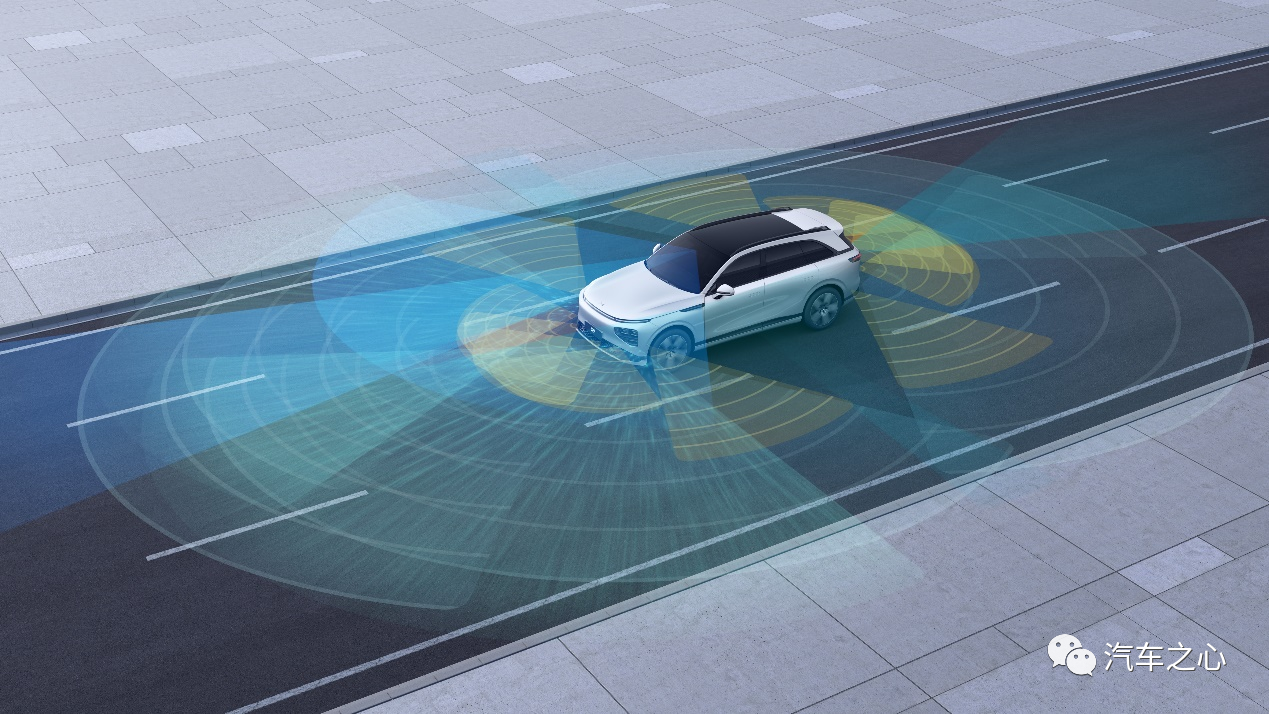 # Translation
# Translation
Musk believes that the only way to solve self-driving technology is to test these functions in the real world, as of June of this year, more than 100,000 Tesla owners have collectively driven 35 million miles (approximately 56.32 million kilometers) using Tesla’s autonomous driving test system.
Autonomous driving fundamentally depends on feeding AI with large amounts of data and training it, which is a process of quantitative to qualitative change.
As autonomous driving technology becomes more mature, user adoption rate and satisfaction are also important metrics to gauge a company’s strength.
The Double-Edged Sword of Intelligence for XPeng Motors
On October 21st, XPeng sent an all-hands email announcing the reflection and discussion on the company’s operations, organizational structure, and product strategy, and organizational restructuring.
This is the largest adjustment in XPeng’s internal history, mainly aimed at improving organizational efficiency, reducing communication costs, and getting closer to users to understand real needs.
Behind the “big blood exchange” is the performance of the flagship product G9, which cannot compete with NIO and Xpeng’s latest flagship products in terms of volume and sales expectations.
Ideal pursues a popular product strategy, testing the precise understanding of the product. NIO employs a service and brand strategy, seeking to win around users through trust.
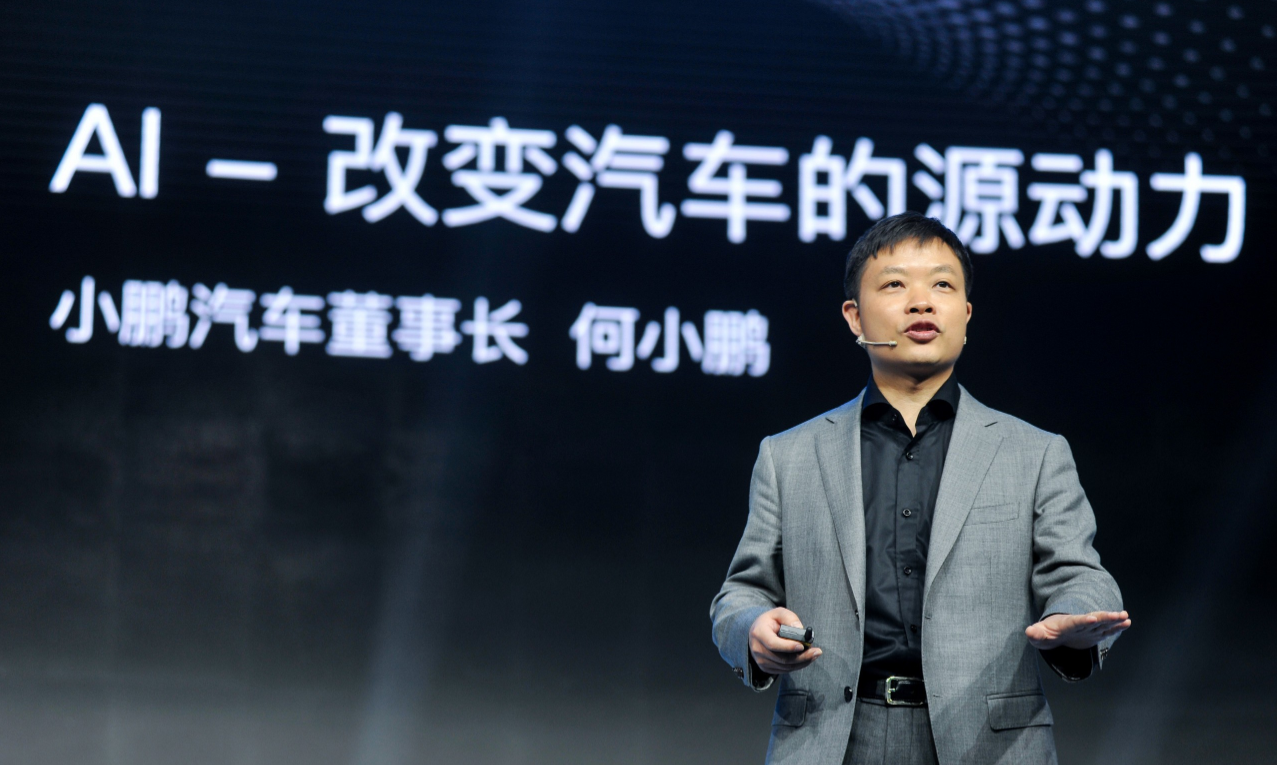
In contrast, XPeng’s strategy is intelligence-based, as evidenced by the decision to release high-end hard technology on G9 even if it means lagging behind.
Based on the current situation, XPeng can be said to have succeeded in intelligence, but also faces difficulties due to it.
On the one hand, after the penetration rate of new energy vehicles exceeded 30%, the user group they face no longer consists of just technology enthusiasts, but also includes the general public looking for cost-effectiveness.At present, L2 level assisted driving can satisfy the needs of most users. Whether sacrificing cost-effectiveness for higher-level assisted driving can be recognized by consumers is still uncertain, especially considering that most features are still in a speculative state.
On the other hand, in the road of intelligence, XPeng’s competitors become more and more formidable. For example, Huawei is a tough player in the fields of in-car systems, autonomous driving algorithms, and LiDAR.
This means that XPeng, who regards intelligence as the primary label, needs to venture into the depths of the “no man’s land” in this area.
For XPeng, intelligence can be a decisive winner or a fatal shackle. Whether it can become a pioneer of this “no man’s land” depends on XPeng’s scrutiny and judgment of “intelligence”.
On the P7 and P5 models, XPeng has equipped the best voice system in the industry, and took the lead in launching the high-speed NGP and urban NGP, firmly standing in the forefront of intelligence.
On the G9 model, XPeng continues to expand the advantages of intelligence, making it the strongest product to lead intelligent driving and intelligent cockpit.
As expected, XPeng’s delivery growth this year is expected to increase by about 33%. Although still in a growing trend, compared with other new forces, especially the rapid growth of NIO and Leapmotor, XPeng is slightly behind.
Under the dual pressure of product strategy and internal adjustments, this year is the most complicated year for XPeng.
On October 24th, Tesla “officially lowered” its prices on XPeng Tech Day, which undoubtedly put pressure on XPeng.
For XPeng, how to tell a good story of autonomous driving, highlight its competitive advantages, is undoubtedly an urgent and difficult task to accomplish.
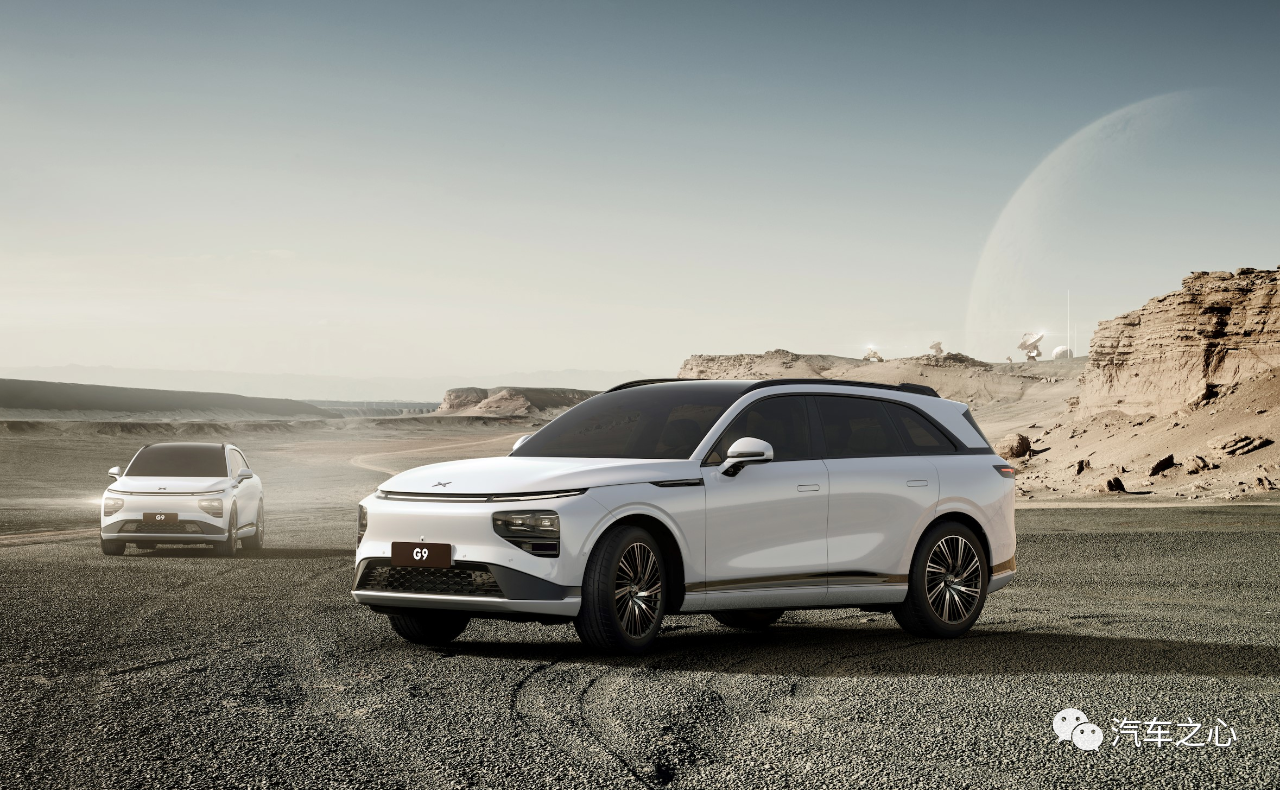
This article is a translation by ChatGPT of a Chinese report from 42HOW. If you have any questions about it, please email bd@42how.com.
